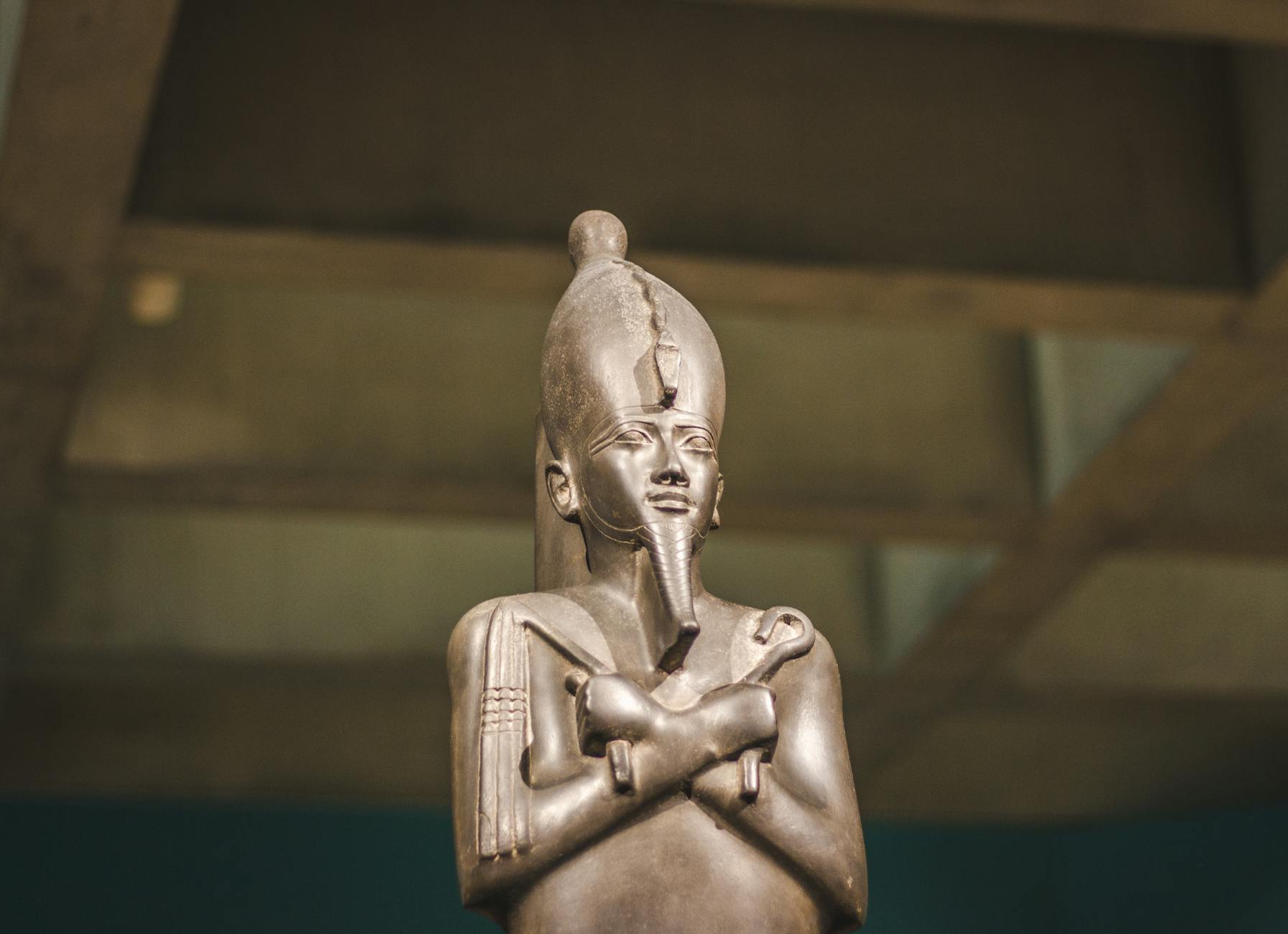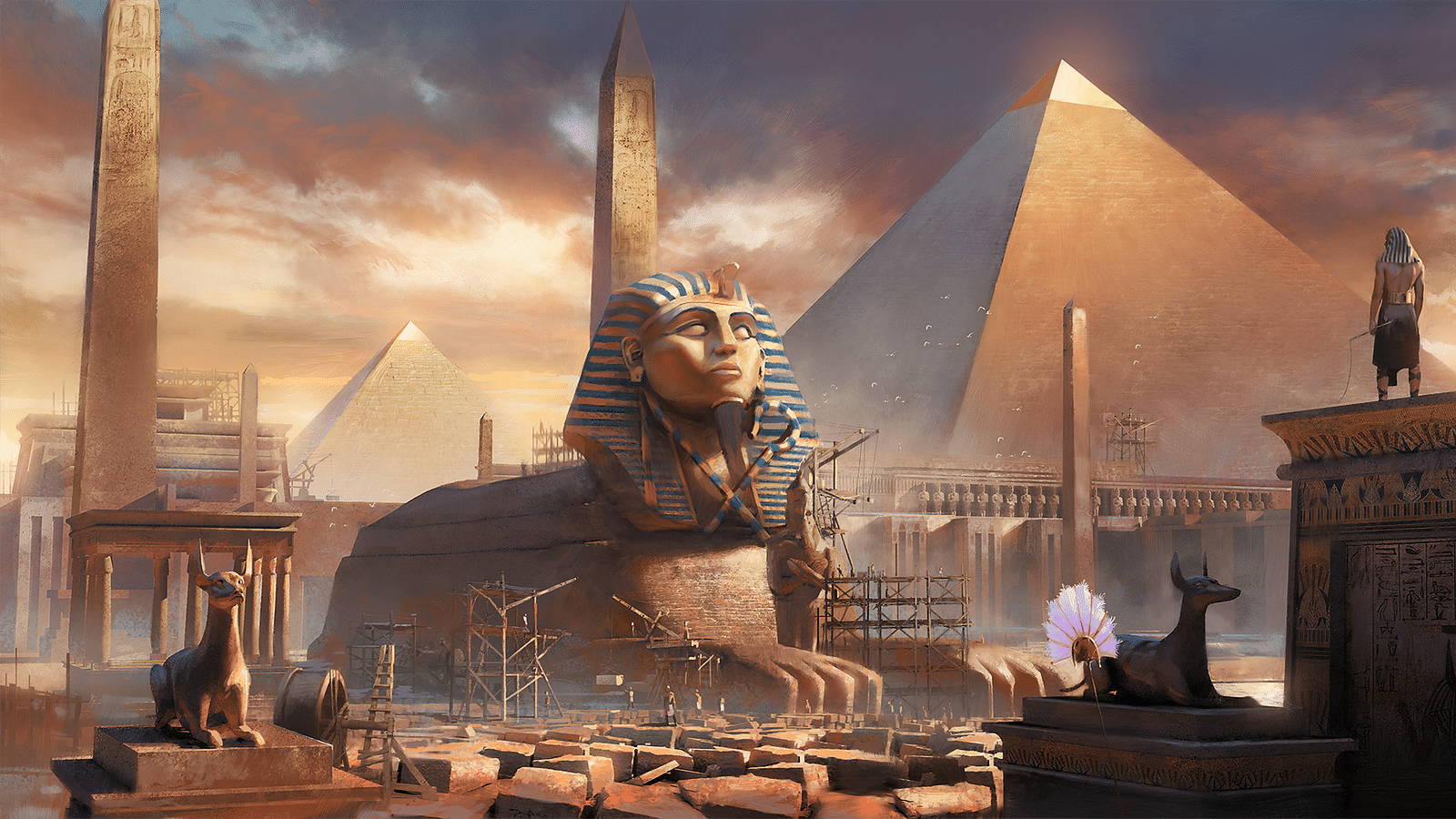Ancient Egyptian architecture continues to captivate modern audiences with its sheer grandeur and mystery. From the towering pyramids to the magnificent temples, these structures not only showcase advanced engineering but also reflect the profound cultural and religious beliefs of an ancient civilization.
The Great Pyramids of Giza
The Great Pyramids of Giza, especially the Pyramid of Khufu, stand as a testament to human ingenuity. These colossal structures have fascinated historians, architects, and tourists alike for centuries.
Engineering Marvels
 |
| Photo by Kalvin Sainz |
The construction techniques used for the pyramids are still a subject of debate among scholars. The precise alignment of these stone giants with the cardinal points and their sophisticated internal chambers suggest a high level of knowledge in both engineering and astronomy. These massive blocks, some weighing up to 80 tons, highlight the Egyptians' capability and determination.
Cultural Significance
The pyramids were more than just monumental tombs for the pharaohs. They were seen as a gateway to the afterlife, ensuring the eternal rest of the kings. For the Egyptians, the pyramids symbolized not only the pharaoh's divine power but also the technological and artistic prowess of the society. The Pyramid of Khufu is particularly noteworthy, standing as a marvel of ancient architecture.
Temples of Ancient Egypt
The temples of Karnak and Luxor are among the most awe-inspiring structures from ancient Egypt. These sacred spaces were places of worship, dedicated to the gods and pharaohs, and featured intricate designs that have survived millennia.
Architectural Features
These temples are adorned with massive columns, towering obelisks, and detailed hieroglyphics, each adding to the grandeur of these holy sites. The sheer size and intricate carvings of the Karnak Temple complex exemplify the architectural prowess of ancient Egyptians.
Historical Context
Constructed during the New Kingdom period, these temples played a pivotal role in the religious life of Egyptians. The Temples at Luxor and Karnak were not only religious centers but also a reflection of the pharaohs' might and divine connection to the gods. The historical significance of these temples offers a window into the spiritual and daily life of ancient Egypt.
The Sphinx: A Symbol of Power
The Great Sphinx of Giza, with its lion's body and human head, remains one of the most iconic symbols of ancient Egypt. Standing guard near the pyramids, the Sphinx has sparked countless theories regarding its origin and purpose.
Artistic and Cultural Representation
The Sphinx is more than just a stone statue; it represents the artistic and cultural zenith of ancient Egypt. This colossal figure has been depicted in literature and continues to be a subject of intrigue in modern media. Its stoic expression and monumental size reflect the power and mystery of ancient Egyptian civilization. For more on this, you could explore the Great Sphinx of Giza.
The Legacy of Ancient Egyptian Architecture
The influence of ancient Egyptian architecture is evident even today. Elements from these ancient structures can be seen in modern buildings, showcasing the timeless appeal of Egyptian design.
Modern Influences
Modern architecture often borrows from ancient Egyptian motifs. The obelisks found in major cities around the world, such as Cleopatra's Needle in London, highlight the enduring influence of Egyptian design. Other contemporary buildings incorporate elements like columns and expansive courtyards, paying homage to the architectural innovations of ancient Egypt.
Conclusion
The architectural marvels of ancient Egypt, from the imposing pyramids to the sacred temples, continue to inspire awe. Understanding these structures provides not only insights into the technical prowess of the Egyptians but also into their rich cultural and spiritual life. Preserving these ancient wonders and studying them allows us to appreciate our shared human heritage and draw inspiration for future architectural endeavors.


